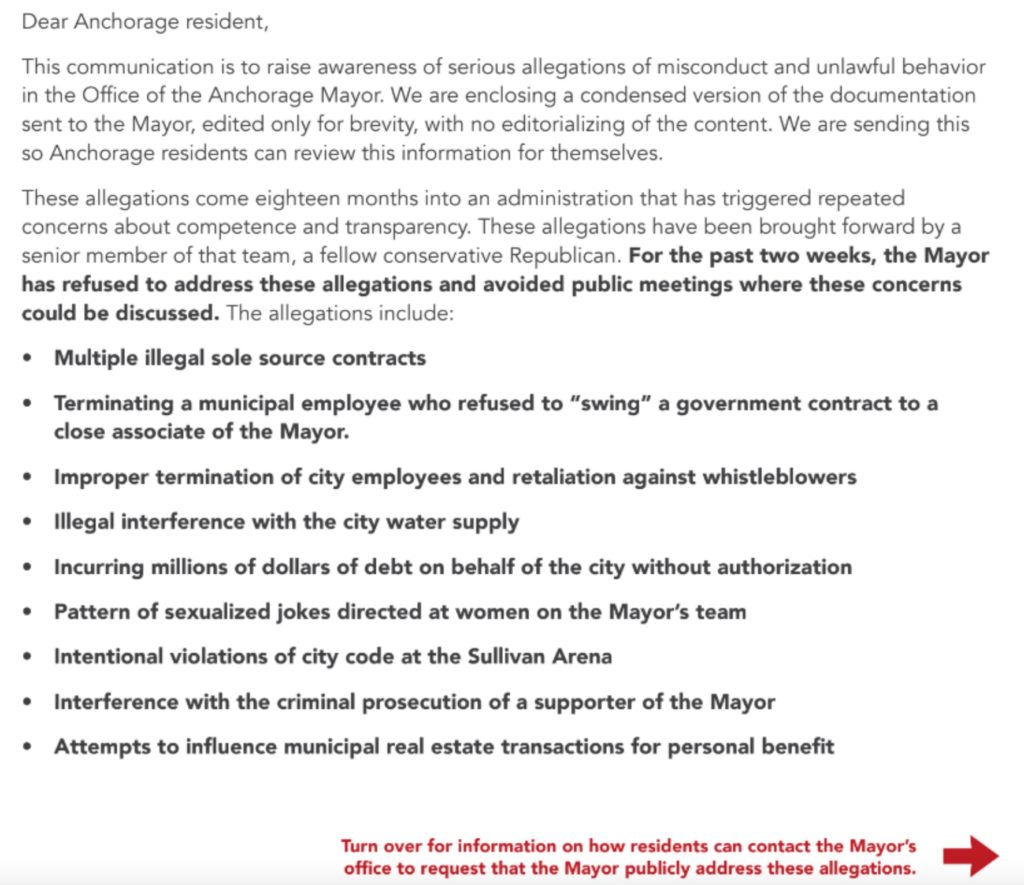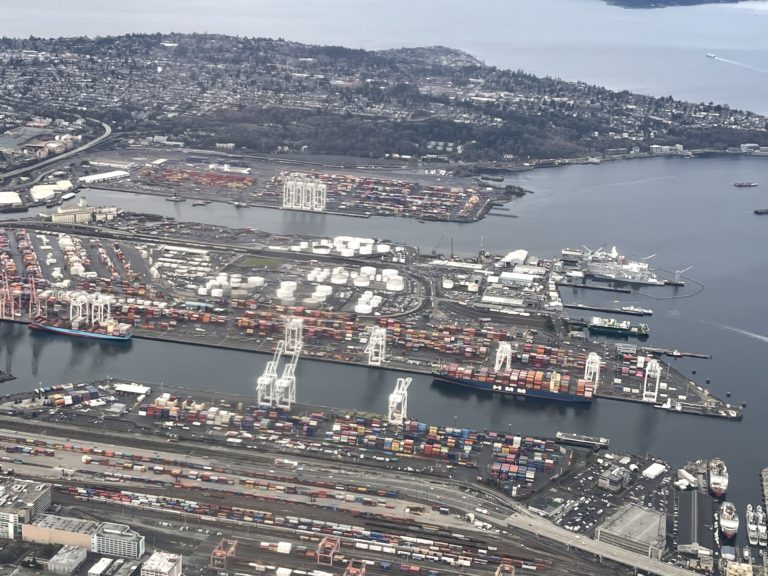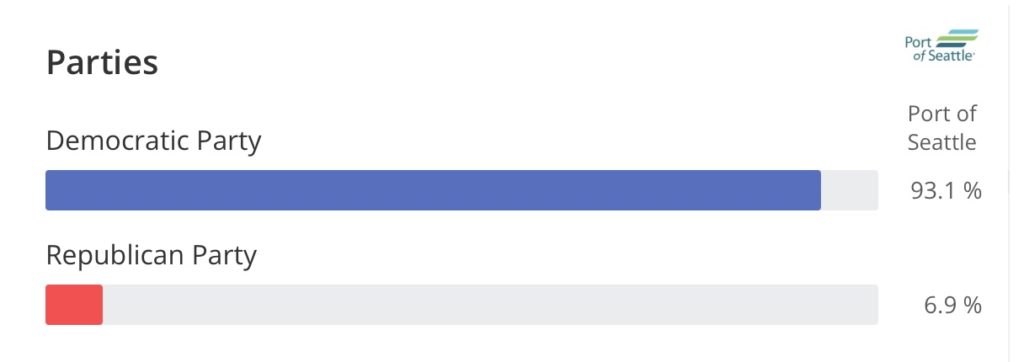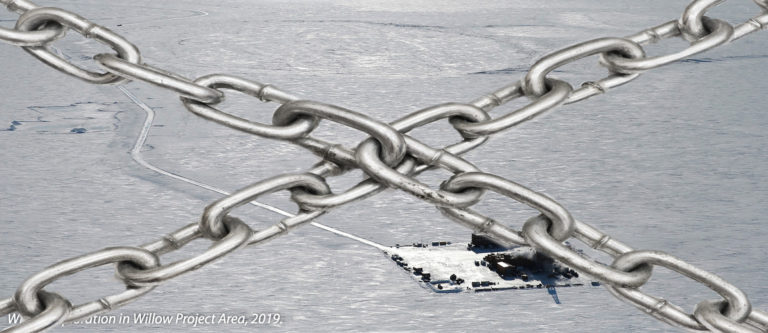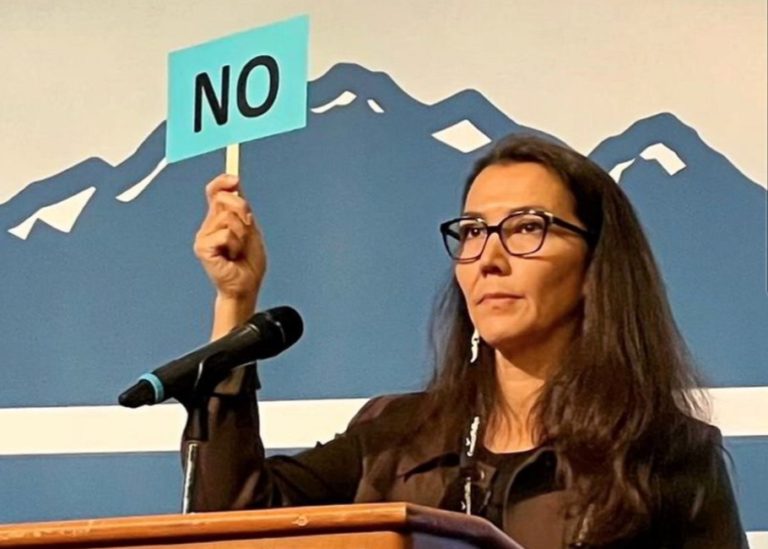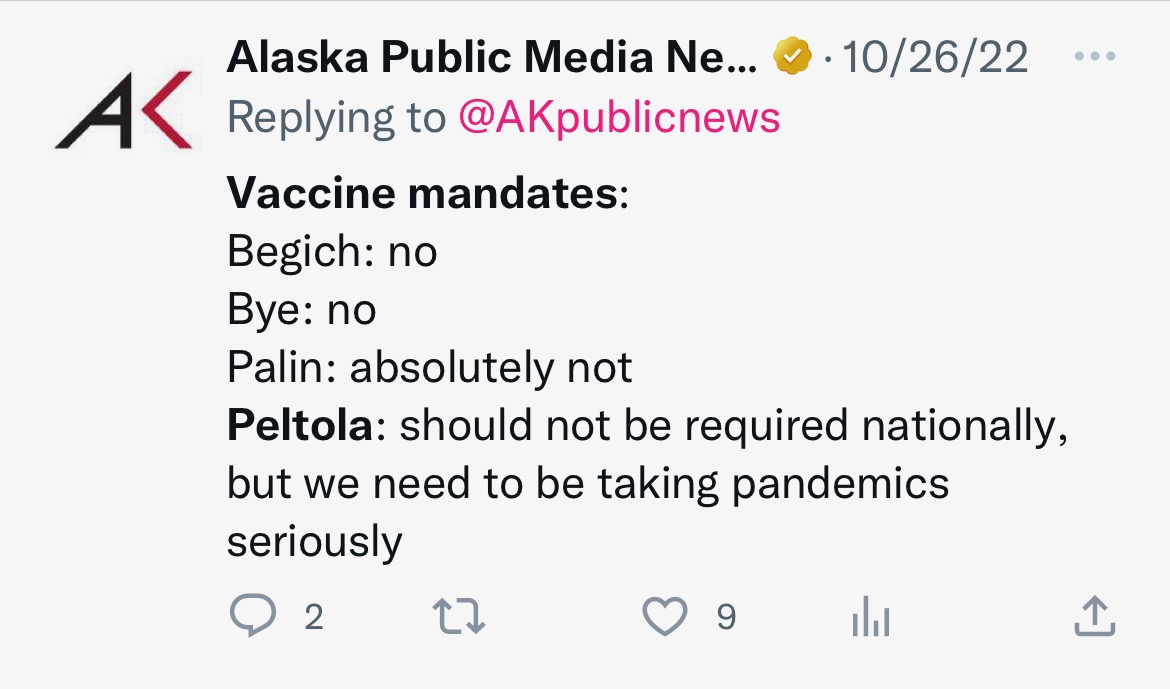By WIN GRUENING
At a recent Alaska State Senate Education Committee hearing at the Capitol, there seemed to be general agreement that state school funding was lagging behind inflation and that long-term funding solutions should be explored.
Most Alaskans wouldn’t necessarily disagree with that. If only it was that simple.
The Association of School Boards (ASB), a nonprofit representing 52 of the state’s 54 school districts, testified that massive budget gaps will force school closures, elimination of programs, class sizes to balloon, and exacerbate problems with teacher recruitment and retention.
The problem, says the ASB, is that the Base Student Allocation (BSA), the state’s method of parceling out funding to school districts, hasn’t been significantly increased since 2017, With inflation, this has caused growing funding gaps. Maybe, but there was little discussion about other long-term underlying problems – poor financial planning, changing demographics, growth of alternative non-academic programs, and a lack of accountability.
The pandemic was also a factor impacting state school budgets. But, in many cases, it was financially positive. Over a half-billion dollars was spread across state school districts. Even though districts were warned to treat payments as a one-time addition to budgets and not use them for permanent program commitments, it was difficult to track and, inevitably, massive shortfalls occurred when the money ran out.
Many school districts have delayed action on, or ignored, changing demographics that have contributed to lower student counts and resulting funding reductions. Fairbanks planned to close three elementary schools and eliminate 121 positions last year, largely because the district has lost 2,000 students. The Anchorage School District recommended closing six elementary schools after continuing to lose students and discovering a $68 million budget shortfall, but then backed off amid public outcries.
State demographers have noted that Alaska’s population has been aging and Anchorage and Fairbanks’ populations have notably shrunk over the past decade.
The Juneau School District was grappling with a projected $3.2 million deficit this year but seemed puzzled what to do about it even after a school board sponsored economic report in February 2022 projected a decline of almost 1,200 students over the next ten years. According to the report, “JSD enrollment declined in 14 of the last 17 years; the district now has 20 percent fewer students than in 2004. The enrollment decline has been driven by demographic factors – principally declining births”.
In December, KTOO reported that, “The Juneau School District has more than a hundred fewer kindergarteners than expected this year, and birth rate data shows the trend is likely to continue.”
The estimated loss of 1,044 Juneau students from 2004-2021 would have accounted for millions of dollars in additional funding with the current state BSA foundation formula.
School districts can do more to alleviate their budget woes by following through on school consolidations or alternative program reductions. Instead, educators are asking for a staggering $1,000-per-student jump in the BSA to maintain the status quo. Depending on which projections you want to use, this would increase state funding anywhere from $257 million to more than $500 million after adjustments for student attendance. Currently, the BSA is $5,930 for each enrolled student.
Educators are also asking for a return to a defined-benefit retirement plan for teachers, a plan that could add hundreds of millions of dollars to the state budget. A similar plan was discontinued in 2006 due to fiscal constraints.
Underlying all of these fiscal concerns is the continuing poor academic performance of Alaskan students. Alaska has placed at or near the bottom in standardized testing for years. We all know there are good teachers and administrators who genuinely care for kids and work hard in our schools. But the system currently in place doesn’t reward them or allow them to excel.
Over time, reform efforts have seemed to focus more on social problems, more administrators, and experimental programs. None have significantly increased student achievement.
If we keep doing things the way they have always been done, we can’t expect anything to change.
This presents a political problem for the education establishment that is fundamental to their endless demands for more funding. If the current conversation does not include changes to improve student achievement, why should Alaskans continue funding the status quo?
After retiring as the senior vice president in charge of business banking for Key Bank in Alaska, Win Gruening became a regular opinion page columnist for the Juneau Empire. He was born and raised in Juneau and graduated from the U.S. Air Force Academy in 1970. He is involved in various local and statewide organizations.
Reasons for ballot rejection: Signatures, postmarks
Win Gruening: Juneau muni elections outcome should give the Assembly pause about new City Hall

